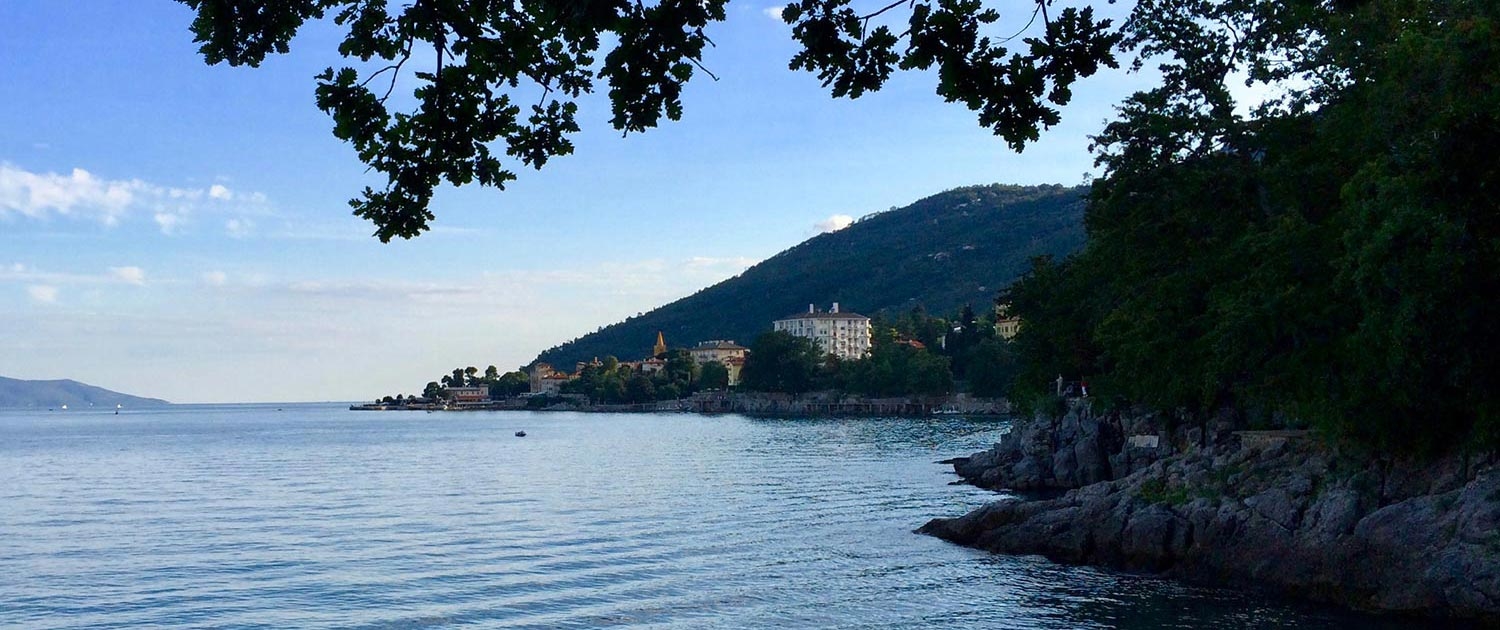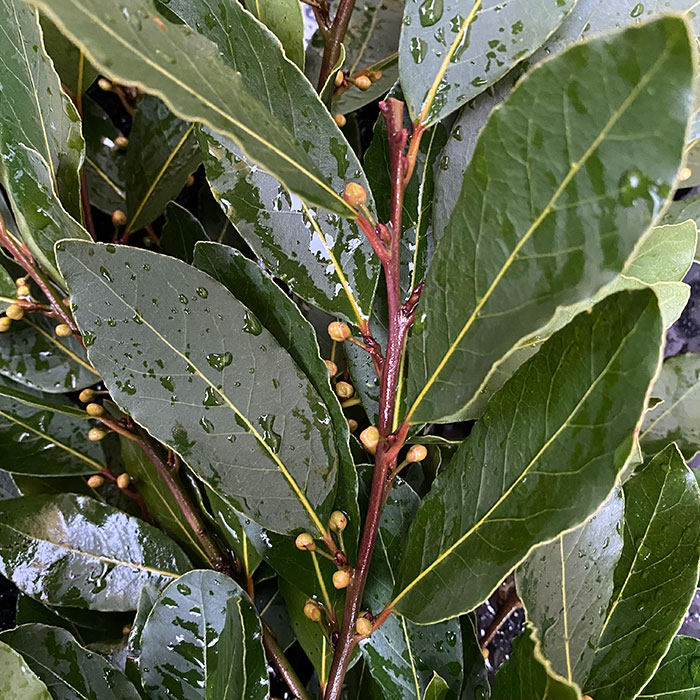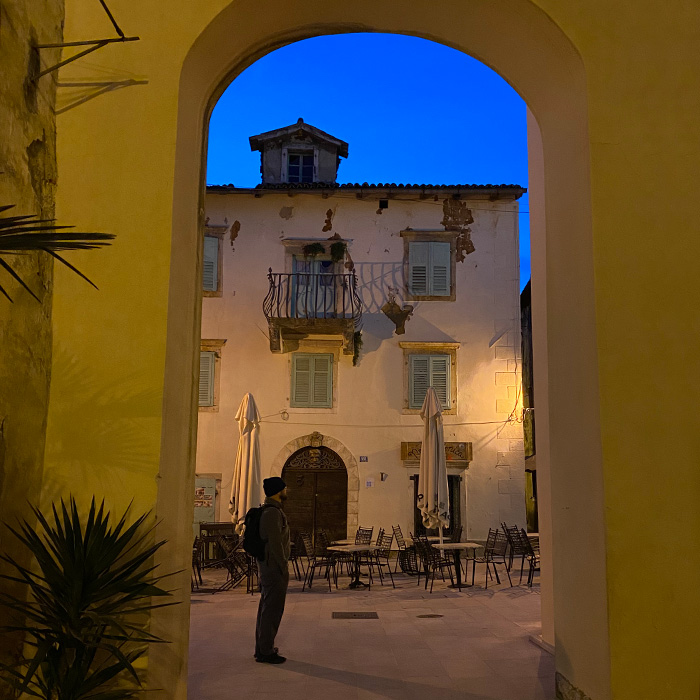When you’re cooking that beautiful stew and reach for your precious jar of whole bay leaves, you breathe in the subtle aroma of the Mediterranean, reminiscent of warm sun, blue sea, and aromatic foliage. The bay tree, or laurel (laurus nobilis), grows wild around Lovran—a town which was named centuries ago after the tree’s Croatian name, lovor. Bay leaves are featured on Lovran’s coat of arms, and were used in ancient Greek and Roman victors’ crowns, from which we get the term “laurels” to denote honor. Bay leaves are not only used to flavor dishes, but ground leaves and oils are also used in folk remedies and alternative medicine.
Lovran is one of the oldest settlements in the northern Adriatic, with legends dating it from the Roman era in the first century BC. In the Middle Ages it was an important urban and shipbuilding center. When other sites gained prominence, like nearby Rijeka, Pula, and Trieste, Lovran settled into a quiet tourist center that was favored by the Austro-Hungarian nobility, who built many of the lovely villas we see today.
Enjoying a mild Mediterranean climate and the shelter of Mount Učka, Lovran is said to grow the finest maruni (chestnuts) in the world, and has celebrated that for the past 45 years with an annual festival called Marunada. Lovran has a rich architectural heritage, including the 12th-century Romanesque parish church of patron Sveti Juraj (St. George), with its historic frescoes and Glagolitic inscriptions. The narrow, winding streets of the medieval old town are filled with shops and cafés. Elegant Austro-Hungarian and Italian villas and parks surround the town. Lovran is the western terminus of the 12km Lungomare, a seaside promenade running the length of the Opatija Riviera.




